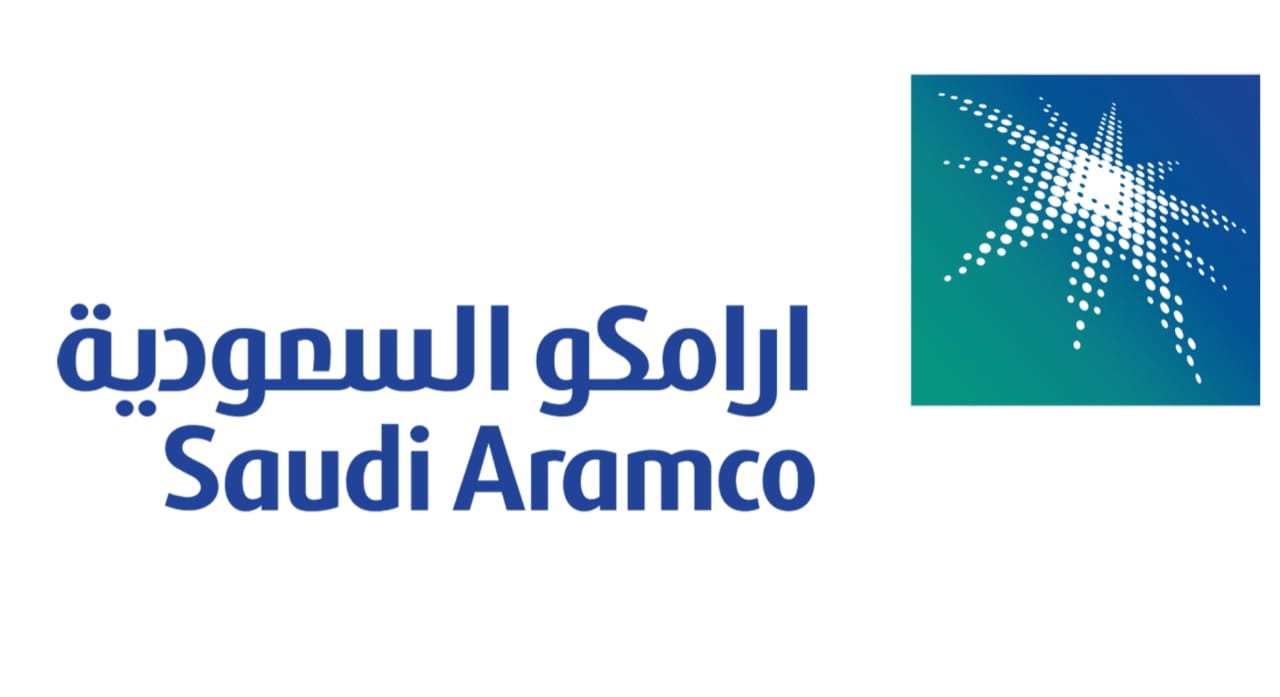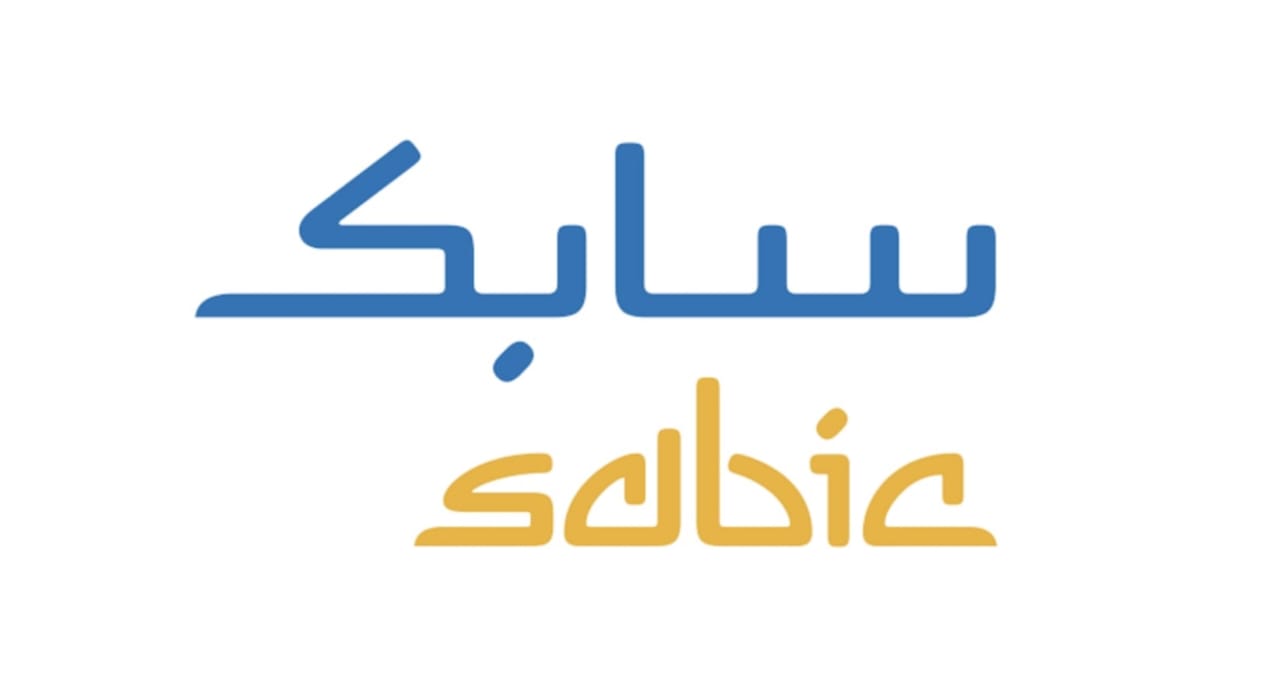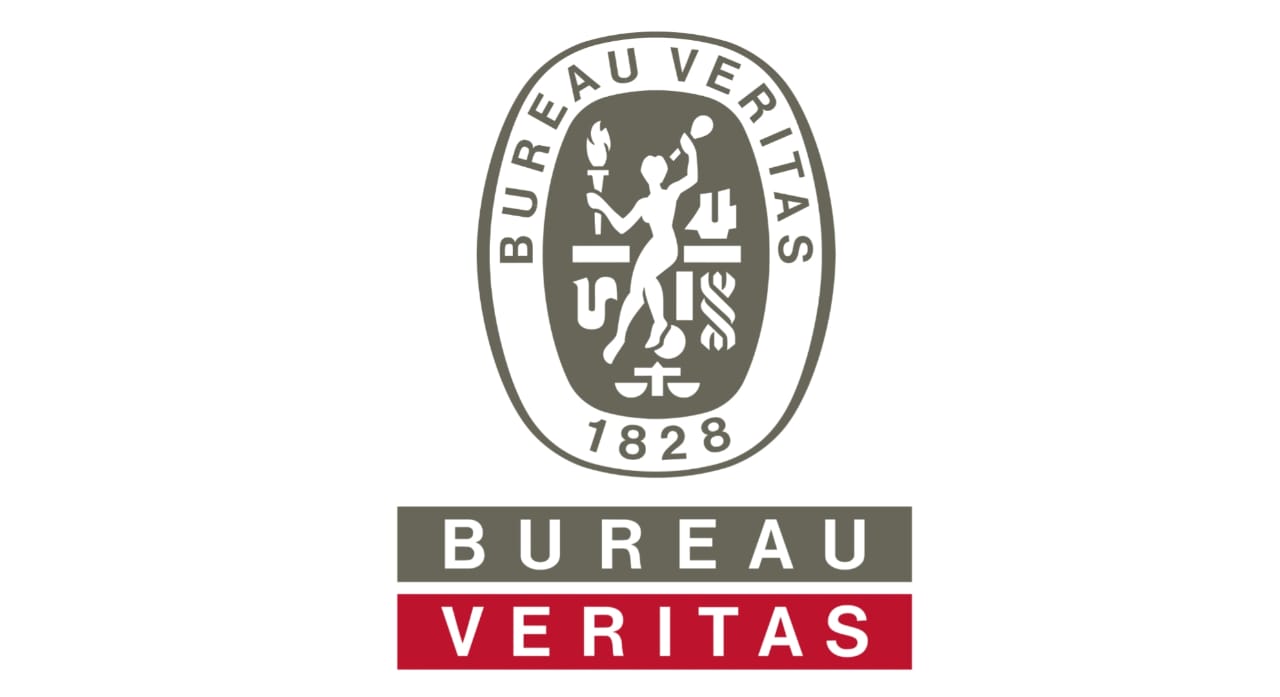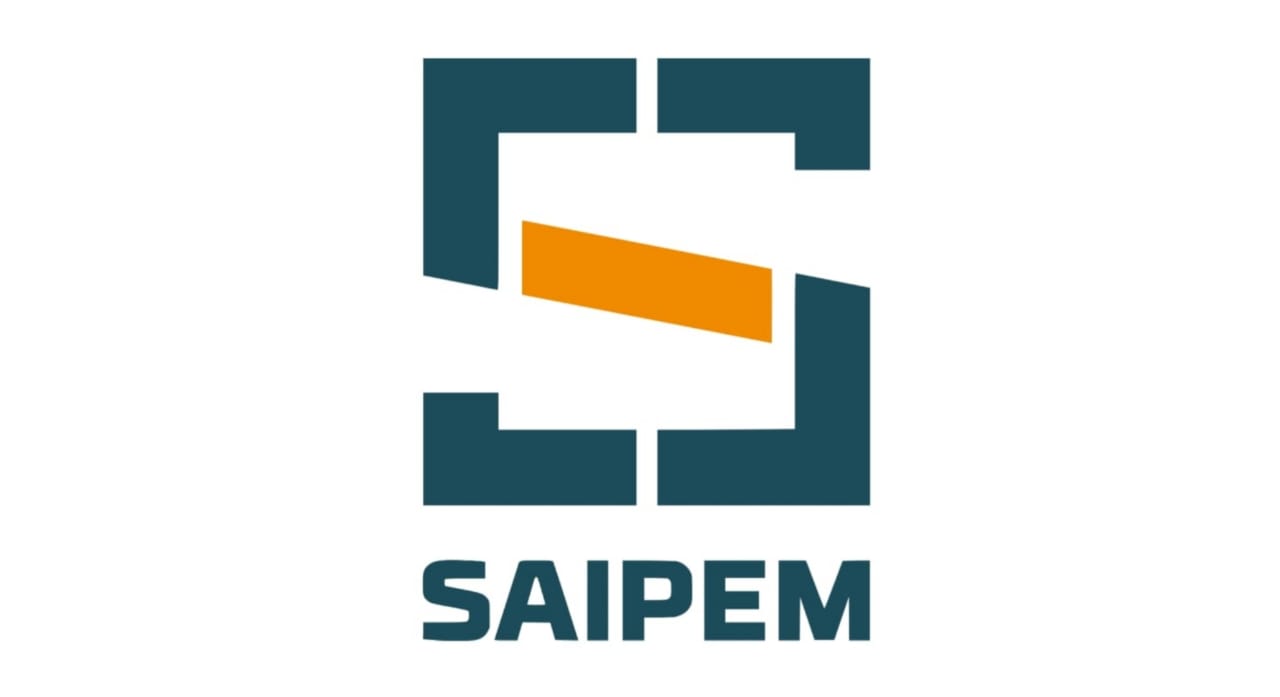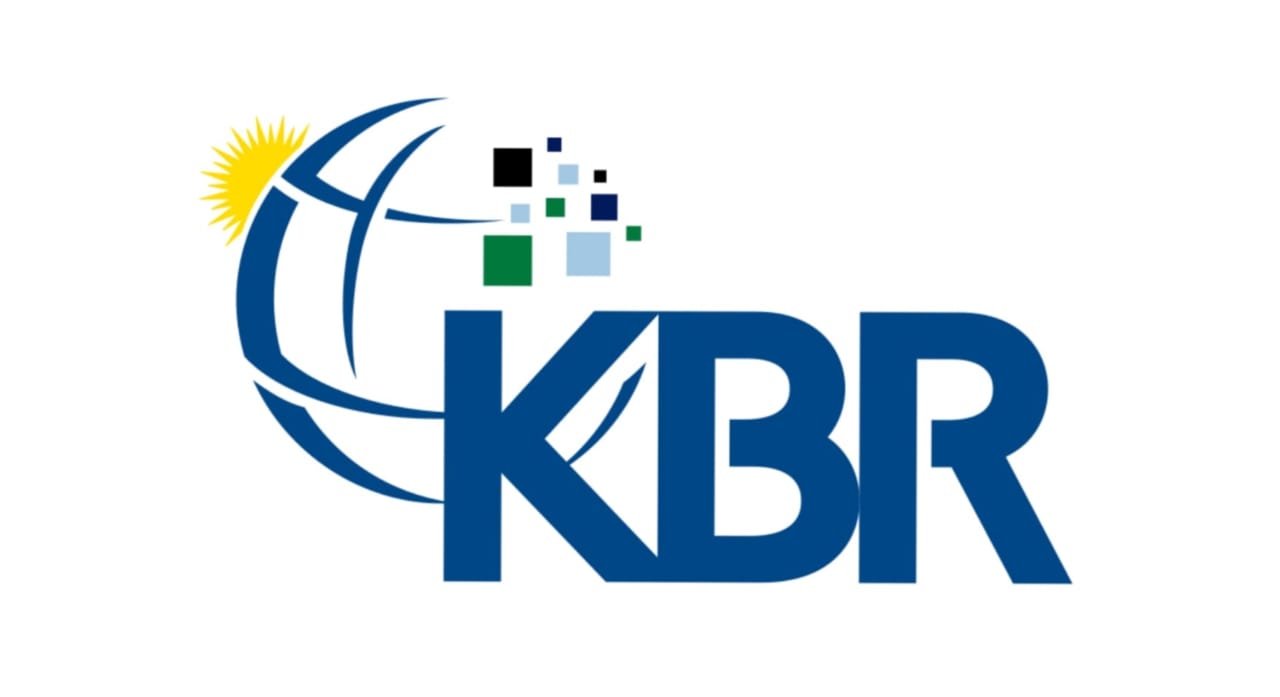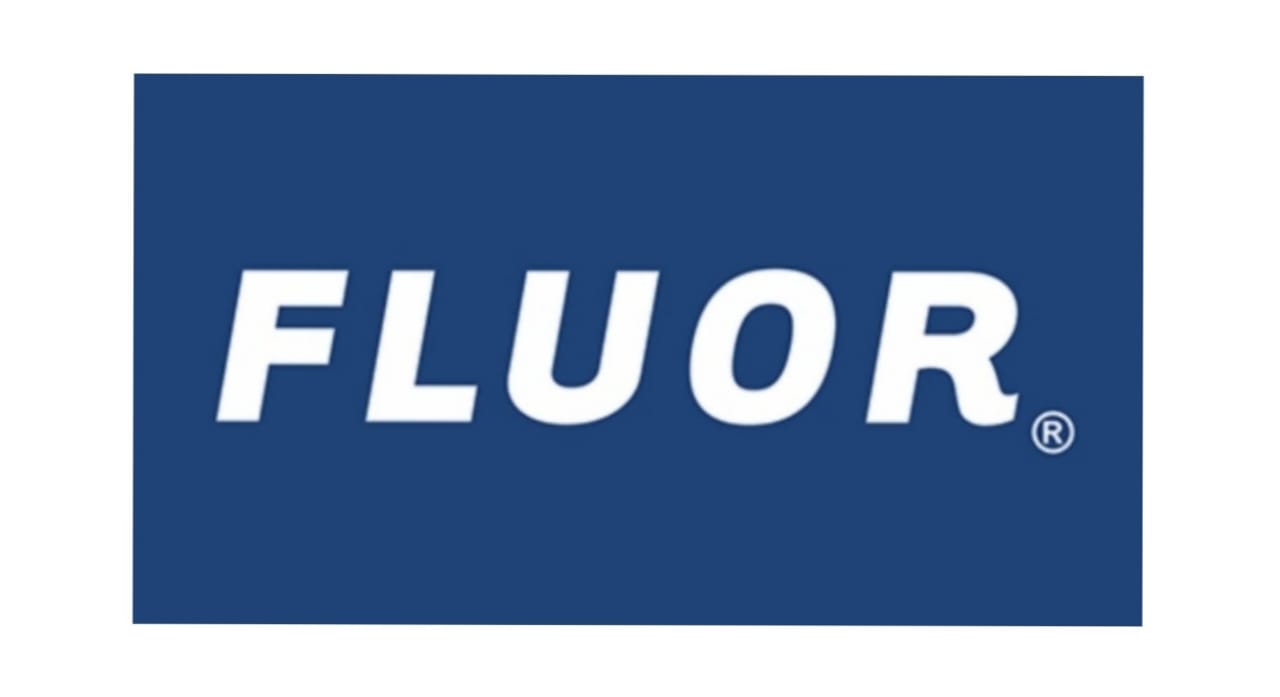Radar Beacon System (RACON)

Request A Demo Today
Please do not hesitate to contact us if you have any queries.
Radar Beacon System (RACON)
The Radar Beacon System, commonly known as Racon (short for Radar Beacon), is a crucial component of modern maritime and aviation navigation. It enhances the functionality of radar systems by providing a clear and identifiable response signal that helps navigators pinpoint specific locations with accuracy. It plays a significant role in enhancing security systems, particularly in maritime and coastal environments. While RACON is traditionally used as a navigation aid, it also has important applications in security by providing clear identification and tracking of vessels, improving situational awareness, and supporting surveillance operations.
Radar Beacons, or Racons, are passive devices that respond to radar signals by transmitting a distinctive coded signal back to the radar. When a radar system sends out a pulse that encounters a Racon, the device is triggered to send a return signal that is then displayed as a unique symbol on the radar screen. This symbol often corresponds to a specific Morse code pattern or other identifiable marks that differentiate it from regular radar reflections. The operation of Racons is straightforward yet highly effective. They are typically installed on fixed or floating navigational aids such as lighthouses, buoys, offshore platforms, and bridges. When a vessel or aircraft equipped with radar approaches these markers, the Racon is activated by the radar pulse and immediately sends back a coded response. This interaction allows the navigator to recognize the exact location of the marker, regardless of visibility conditions, thus enhancing safety and accuracy.
Role of RACON in Security Systems:
1. Enhanced Vessel Identification:
RACON systems can be installed on critical infrastructure such as coastal defense stations, offshore platforms, and restricted zones. When vessels equipped with radar approach these areas, the RACON transmits a unique signal back to the vessel’s radar, identifying the location as a sensitive or secure area. This helps security forces monitor and identify all approaching vessels, reducing the risk of unauthorized access.
2. Support for Maritime Surveillance:
RACON aids in distinguishing between authorized and unauthorized vessels by marking specific locations on radar displays. Security personnel can quickly identify whether a vessel is following designated routes or entering restricted areas. This capability is crucial for monitoring maritime borders, protected marine areas, and critical infrastructure.
3. Improved Situational Awareness:
By providing precise location information and clear identification of key sites, RACON systems enhance the overall situational awareness of security operators. In areas prone to illegal activities such as smuggling or piracy, RACON can help track vessel movements and coordinate responses more effectively.
4. Integration with Broader Security Networks:
RACON can be integrated with other security and surveillance systems, such as Automatic Identification Systems (AIS), radar surveillance networks, and coastal monitoring stations. This integration allows for comprehensive monitoring and analysis, facilitating quick decision-making in security operations.
5. Deterrence of Unauthorized Activity:
The presence of RACON systems in secure areas serves as a deterrent to unauthorized vessels. Knowing that their movements are being tracked and identified, potential intruders are less likely to attempt entry into restricted zones.
The Radar Beacon System (RACON) is a valuable tool in security systems, particularly in maritime environments. By providing accurate identification, enhancing surveillance capabilities, and integrating with broader security networks, RACON helps protect critical infrastructure, monitor vessel movements, and prevent unauthorized access. As part of a comprehensive security strategy, RACON contributes to maintaining safety and security in sensitive and strategically important areas.
